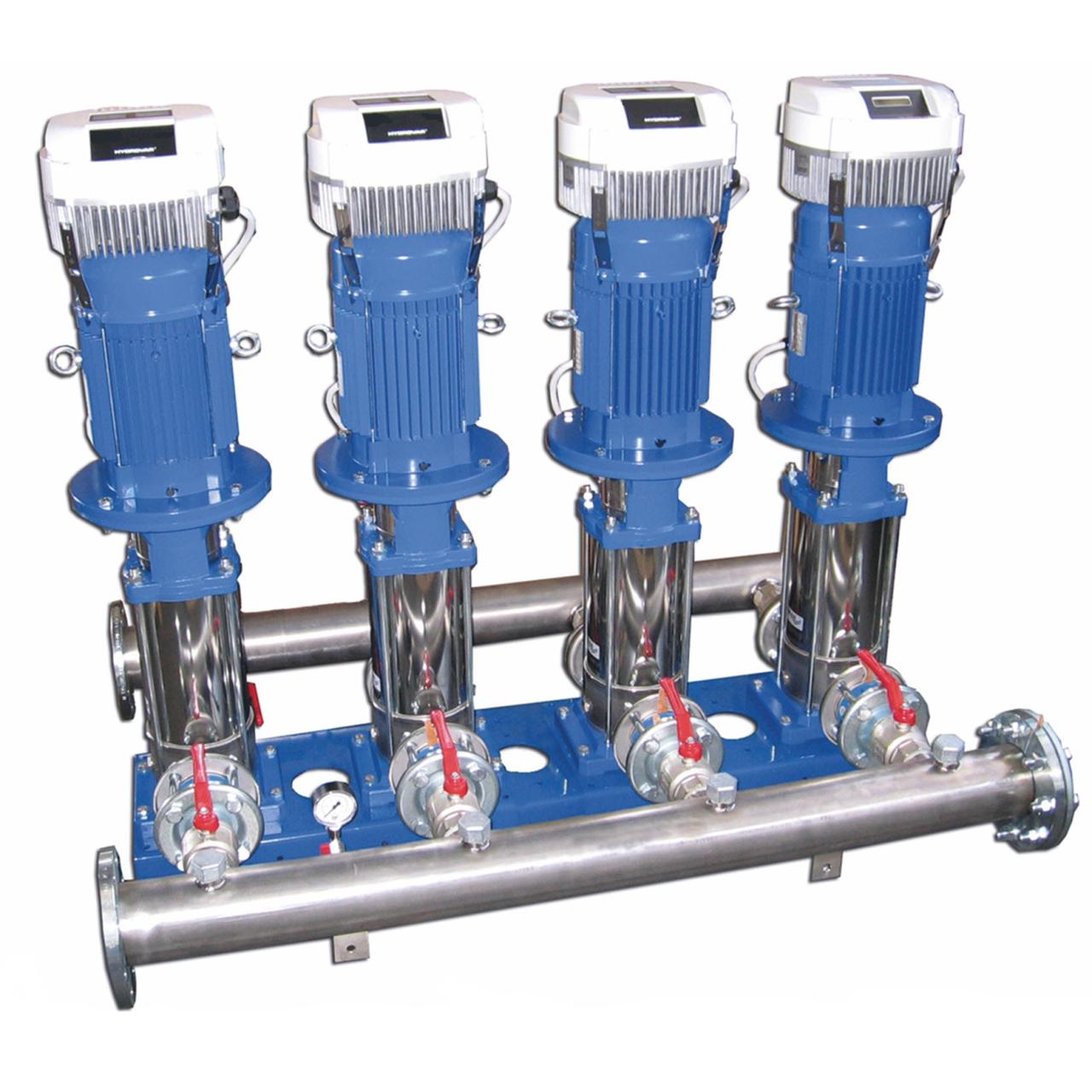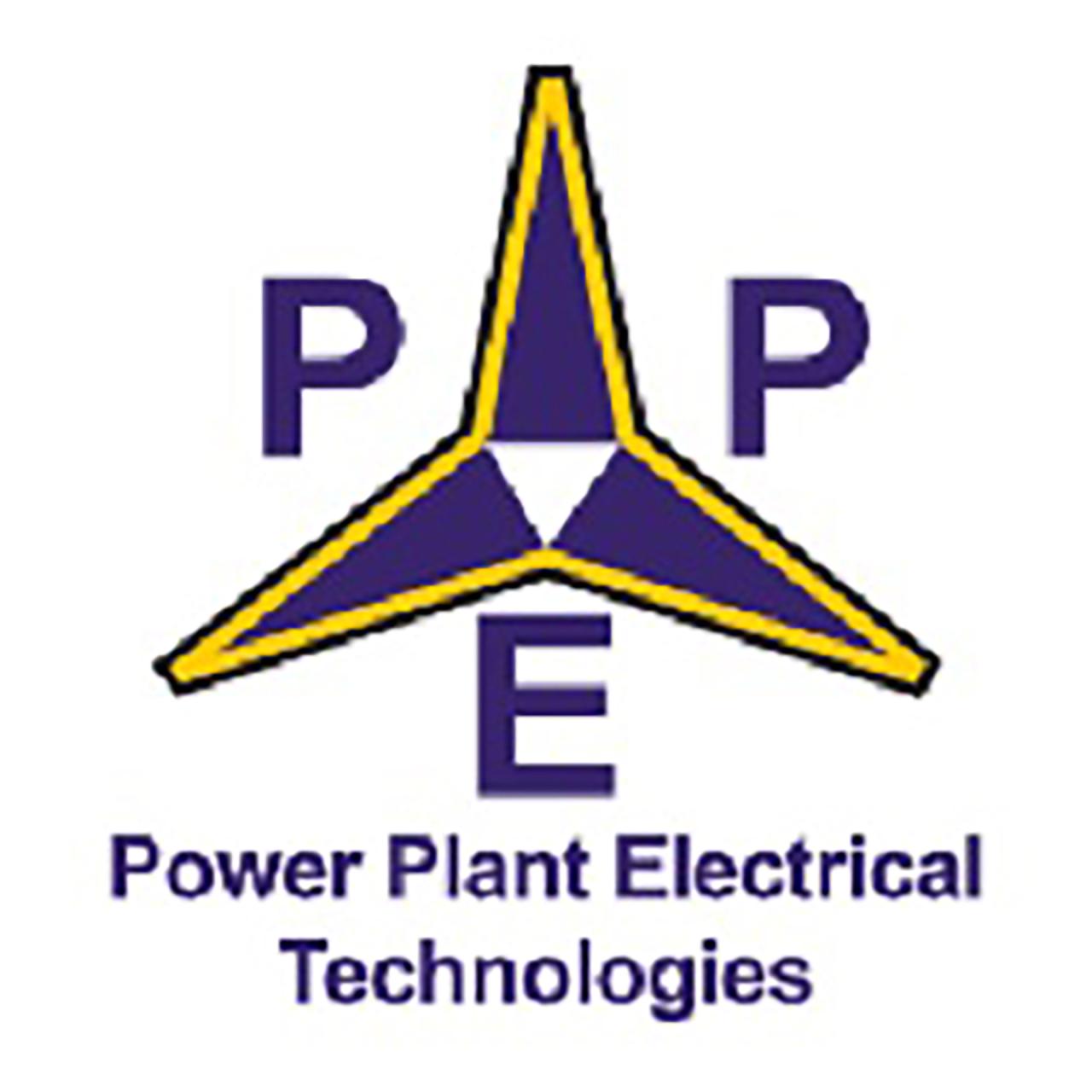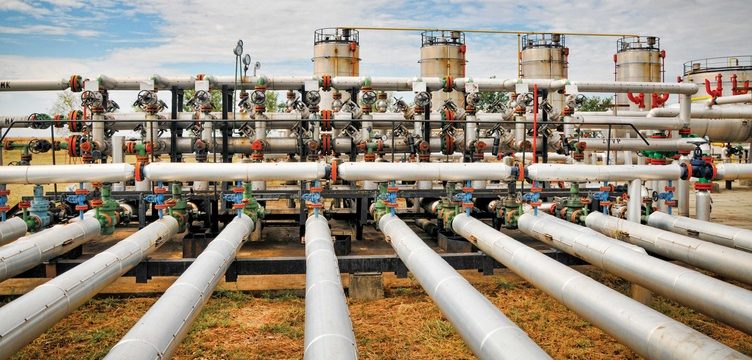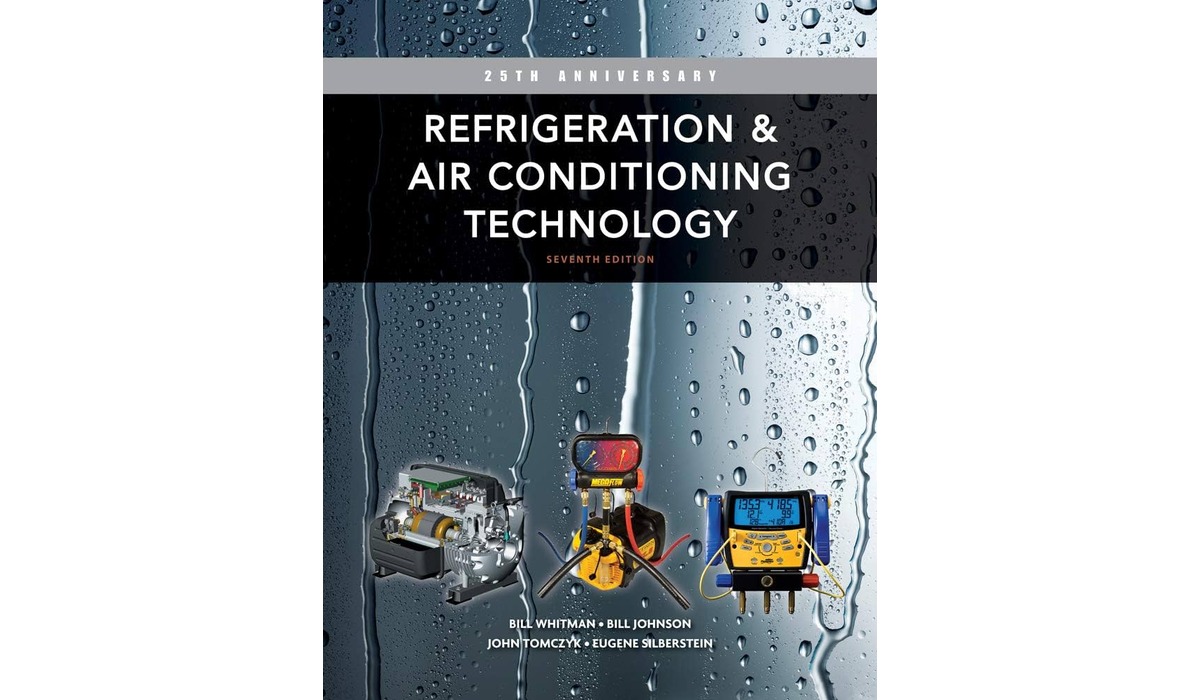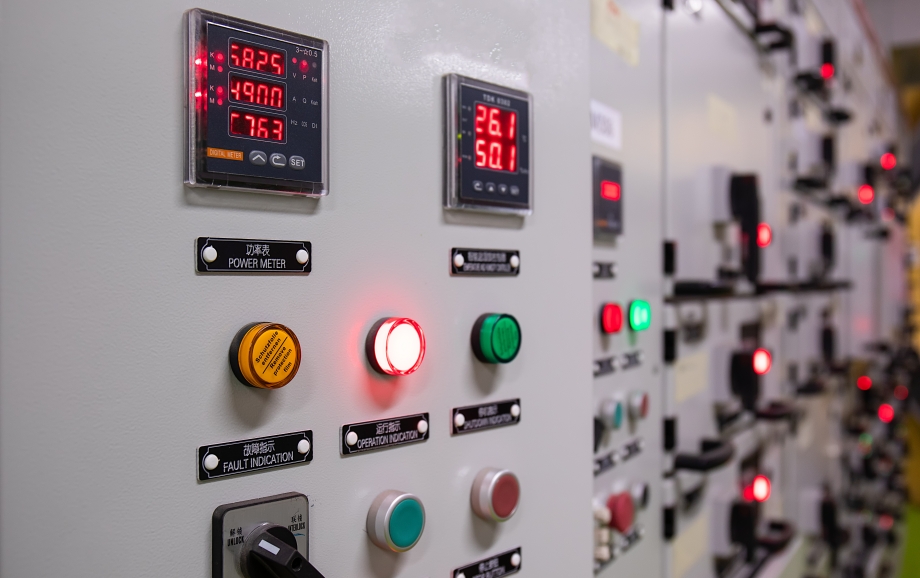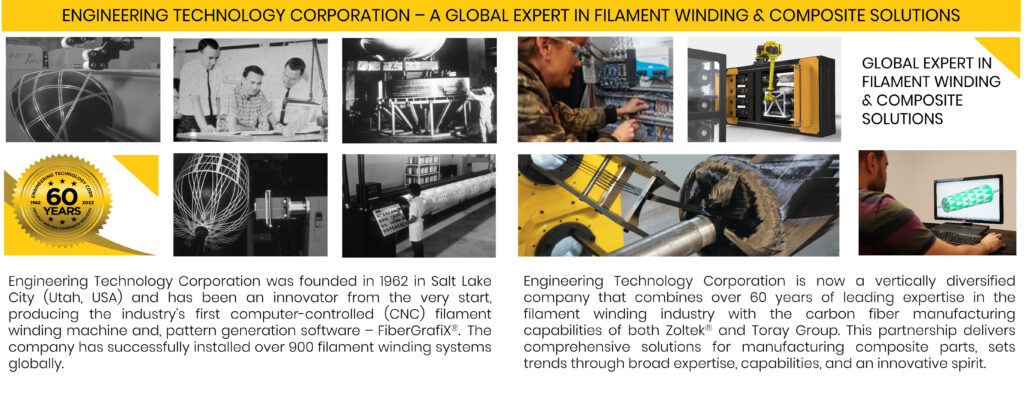Electrokinetic Technologies: A Powerful Tool for Innovation
Electro kinetic technologies – Electrokinetic technologies harness the power of electric fields to manipulate charged particles and fluids, opening up a world of possibilities across diverse industries. From cleaning up […]
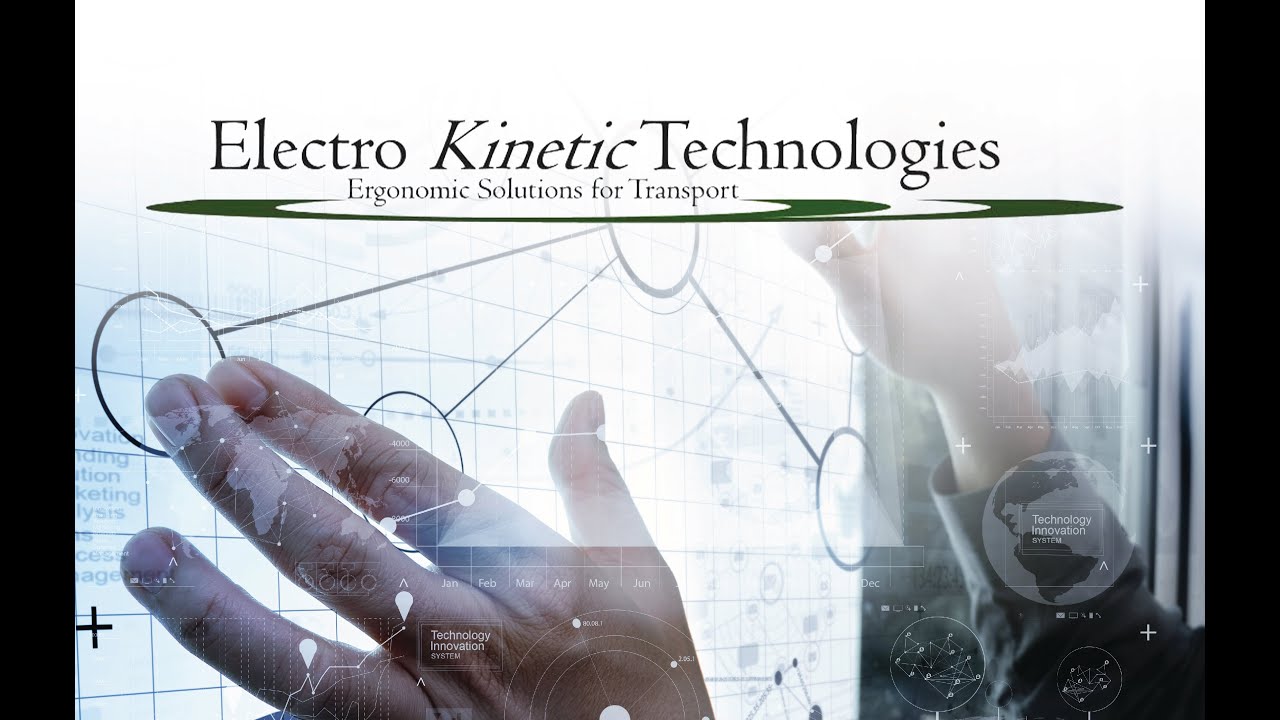
Electro kinetic technologies – Electrokinetic technologies harness the power of electric fields to manipulate charged particles and fluids, opening up a world of possibilities across diverse industries. From cleaning up contaminated environments to creating cutting-edge materials, these technologies offer a unique approach to solving complex problems.
The fundamental principles behind electrokinetic phenomena have been understood for centuries, but recent advancements in materials science and engineering have propelled these technologies to the forefront of innovation. Electrokinetic technologies encompass a range of techniques, including electrophoresis, electroosmosis, and dielectrophoresis, each with its own unique applications.
Introduction to Electrokinetic Technologies

Electrokinetic technologies harness the movement of charged particles in response to an electric field. These technologies have emerged as powerful tools for various applications, offering unique advantages in diverse industries.
Fundamental Principles of Electrokinetic Phenomena
Electrokinetic phenomena describe the interaction between charged particles and an electric field within a fluid. These phenomena form the basis for electrokinetic technologies. The key principle is that when an electric field is applied to a fluid containing charged particles, these particles migrate under the influence of the electric force. This movement of charged particles, known as electrophoresis, forms the core of many electrokinetic technologies.
Applications of Electrokinetic Technologies
Electrokinetic technologies have found widespread applications in various industries, including:
Environmental Remediation
Electrokinetic technologies play a crucial role in environmental remediation, particularly in soil and groundwater cleanup. They are effective in removing contaminants like heavy metals, organic pollutants, and radioactive materials. The process involves applying an electric field to the contaminated soil or groundwater, causing the contaminants to migrate towards the electrodes. This technique offers a sustainable and environmentally friendly alternative to traditional remediation methods.
Wastewater Treatment
Electrokinetic technologies have proven beneficial in treating wastewater, particularly in removing pollutants like heavy metals, dyes, and organic compounds. The process involves using an electric field to separate and concentrate pollutants, enabling their efficient removal. This technology offers a cost-effective and environmentally friendly approach to wastewater treatment.
Biotechnology
Electrokinetic technologies have significant applications in biotechnology, particularly in separating and purifying biomolecules like proteins, enzymes, and DNA. These technologies are crucial for developing diagnostic tools, therapeutic agents, and other bio-based products.
Other Applications
Beyond these primary applications, electrokinetic technologies find use in various other industries:
- Microfluidics: Electrokinetic phenomena are used to manipulate fluids and particles on a microscale, enabling the development of advanced microfluidic devices for drug delivery, diagnostics, and chemical analysis.
- Materials Science: Electrokinetic technologies are used to synthesize and modify materials, including nanomaterials, ceramics, and polymers. These technologies offer precise control over material properties, leading to the development of novel materials with advanced functionalities.
- Food Processing: Electrokinetic technologies have applications in food processing, including dewatering, concentration, and separation of food products. These technologies offer efficient and environmentally friendly alternatives to traditional methods.
Historical Development and Evolution of Electrokinetic Technologies
The development of electrokinetic technologies has a rich history, with significant advancements over the past century. The fundamental principles of electrokinetic phenomena were first observed and studied in the 19th century. Early applications focused on the separation and purification of colloidal suspensions.
In the 20th century, electrokinetic technologies gained momentum, with significant advancements in their application to environmental remediation and wastewater treatment. The development of more efficient electrodes and power supplies, coupled with a better understanding of the underlying principles, has led to the widespread adoption of these technologies in various industries.
The development of microfluidics and nanotechnology has further propelled the advancement of electrokinetic technologies. The ability to manipulate fluids and particles at the micro and nanoscale has opened up new avenues for applications in various fields, including medicine, diagnostics, and materials science.
Mechanisms of Electrokinetic Transport: Electro Kinetic Technologies
Electrokinetic transport involves the movement of fluids and charged particles under the influence of an electric field. This phenomenon is based on the interaction between electric fields and charged species present in a material, leading to various electrokinetic effects that are crucial for a wide range of applications, from microfluidics to environmental remediation.
Electrophoresis
Electrophoresis is the movement of charged particles, such as ions or macromolecules, in a fluid under the influence of an electric field. The direction of movement depends on the charge of the particle and the polarity of the electric field.
The velocity of the particle is determined by its charge, the strength of the electric field, and the viscosity of the fluid.
The electrophoretic mobility of a particle is defined as the velocity of the particle per unit electric field strength.
Electrophoresis is widely used in various applications, including:
- DNA sequencing: Separating DNA fragments based on their size and charge.
- Protein analysis: Separating proteins based on their charge and size.
- Drug delivery: Targeted delivery of drugs to specific cells or tissues.
Electroosmosis, Electro kinetic technologies
Electroosmosis refers to the movement of a fluid through a porous medium under the influence of an electric field. This phenomenon arises from the interaction between the electric field and the charged layer formed on the surface of the porous medium.
When an electric field is applied across a porous medium, the charged layer on the surface of the medium attracts ions of opposite charge from the fluid, creating an electric double layer. The electric field then exerts a force on the ions in the electric double layer, causing the fluid to move along with them.
The electroosmotic flow rate is directly proportional to the strength of the electric field and the zeta potential of the porous medium.
Electroosmosis is employed in several applications, including:
- Soil remediation: Removing contaminants from soil by flushing them out with an electroosmotic flow.
- Microfluidics: Manipulating fluids at the microscale level for various applications, such as drug delivery and lab-on-a-chip devices.
- Water desalination: Separating salt from water using electroosmosis.
Dielectrophoresis
Dielectrophoresis is the movement of uncharged particles in a non-uniform electric field. This phenomenon occurs because the electric field induces a dipole moment in the particle, causing it to move towards regions of higher electric field strength.
The force acting on the particle is proportional to the gradient of the electric field squared, and the direction of the force depends on the polarizability of the particle.
The dielectrophoretic force is proportional to the square of the electric field gradient and the polarizability of the particle.
Dielectrophoresis is utilized in diverse applications, including:
- Cell manipulation: Sorting and manipulating cells based on their dielectric properties.
- Microfluidic devices: Separating and concentrating particles in microfluidic channels.
- Materials synthesis: Assembling nanoparticles and other materials using dielectrophoresis.
Summary
As research and development in electrokinetic technologies continue to advance, we can expect to see even more transformative applications emerge in the coming years. From revolutionizing energy storage and biomedicine to addressing pressing environmental challenges, the potential of these technologies is vast and exciting.
Electrokinetic technologies are revolutionizing various industries, from environmental remediation to energy storage. These technologies harness the power of electricity to manipulate fluids and particles, offering innovative solutions for a wide range of challenges. For example, in the transportation sector, electrokinetic principles are being applied to develop advanced systems for technology truck repair , enhancing efficiency and sustainability.
Further research and development in electrokinetic technologies promise to unlock even greater potential, leading to a future where these innovative solutions become increasingly commonplace.
